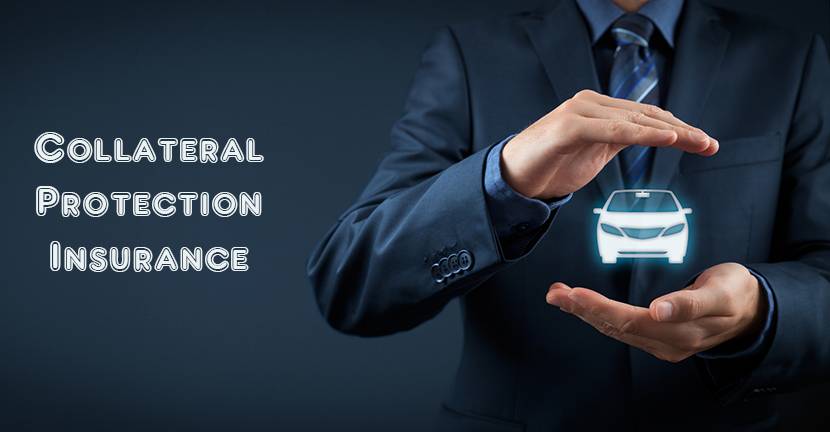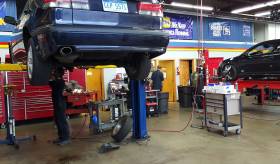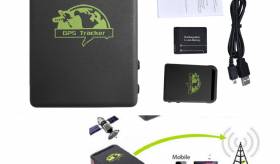Collateral Protection Insurance Covers Your Vehicle Through the Bank

When you take out an auto loan to help you pay off your car or you go through any type of lender for an auto loan you have to insure the vehicle for the duration of the loan and you should have insurance once the loan is paid off as well. If a person fails to insure the vehicle on their own, while the loan is active, then the bank or lender has the option to cover the car themselves since it is an investment that they are making. This is sometimes called forced car insurance, lender-placed insurance or collateral protection. When a bank or lender offers a loan to help you purchase a vehicle, they technically own the car until the loan is paid off, this is why collateral protection exists, to protect their product just in case.
How Does Collateral Protection Insurance Work?
Once you are ready to purchase a vehicle and decide to take out a loan with your bank or lender you agree to certain stipulations to get the loan. This usually includes making the minimum monthly payment as well as having the vehicle insured with car insurance. Car insurance protects you, other people and your vehicle in case of an accident or damage.
When you go to sign the paperwork for the loan, the loan officer or lending officer will usually ask to see your proof of insurance. Sometimes you will have a time frame to get that paperwork to the lending officer, sometimes it is required right away. Talk to your lending officer to see what paperwork they require and when to make sure that you have all the correct paperwork that you need if you’re not sure.
If you show valid paperwork, then collateral protection insurance will not be put onto you. If you do not have the correct documents, your insurance is invalid or you do not have continuous coverage on your vehicle throughout the loan then the bank or lender has the right to force collateral protection insurance and they can add the monthly payments to your loan. This means that your monthly loan payment will go up!
There are ways that lenders and banks can make sure that your vehicle is insured through the entirety of the loan that you have with them. There is insurance tracking software that will let them know if you are insured and when you stop being insured.
Generally, a lender will contact you before they add the insurance coverage to your loan contract. There are also stipulations that lenders and banks have to follow and that usually coincides with whatever your contract states. For example, if your contract says you only have to have a certain type of coverage with a small deductible then they cannot add extra coverage on top of what was already agreed upon, even if it’s better.
What Does CPI Cover?
There are two main areas that collateral protection insurance may cover. These are called collision coverage and comprehensive coverage.
Collision coverage is coverage that protects your vehicle when it hits another object. This can include walls or rails as well as other vehicles.
Comprehensive coverage covers a little more like vandalism, theft of your vehicle, animal damage and even weather-related damage which can come in handy depending on where you live.
On average the collateral protection insurance will only cover damages physical to the car but sometimes can include medical expenses. If you find that your lender has placed, you under CPI and you want to be covered that way ask what it covers.
How Can I Avoid CPI?
The best way to avoid CPI charges added to your loan is to have your own car insurance. Collateral protection insurance can oftentimes be more expensive than other insurance that you would choose for yourself.
If you are already under a collateral protection insurance and want to have it removed by your lender or bank the best way is to get proof of a new insurance policy that you have gotten yourself for your vehicle. Take the paperwork to your lending office and you can have them remove the collateral protection insurance from your account.
Overall collateral protection insurance can protect you and your vehicle, but it is usually not the best option for someone purchasing a vehicle. It is a safety measure for the banks and lenders since they technically own the vehicle until you have finished paying off your loan. If you want to buy a vehicle and have talked to your lender, ask them what insurance they require. If you find yourself under collateral protection insurance and want it to be removed from your loan, find an insurance plan that fits with the stipulations of your loan and then take the paperwork to your lending office!




Add new comment